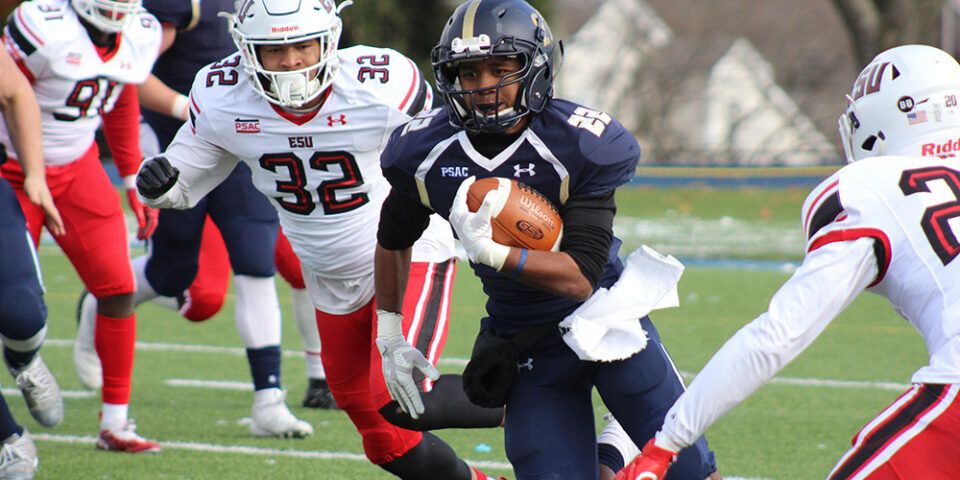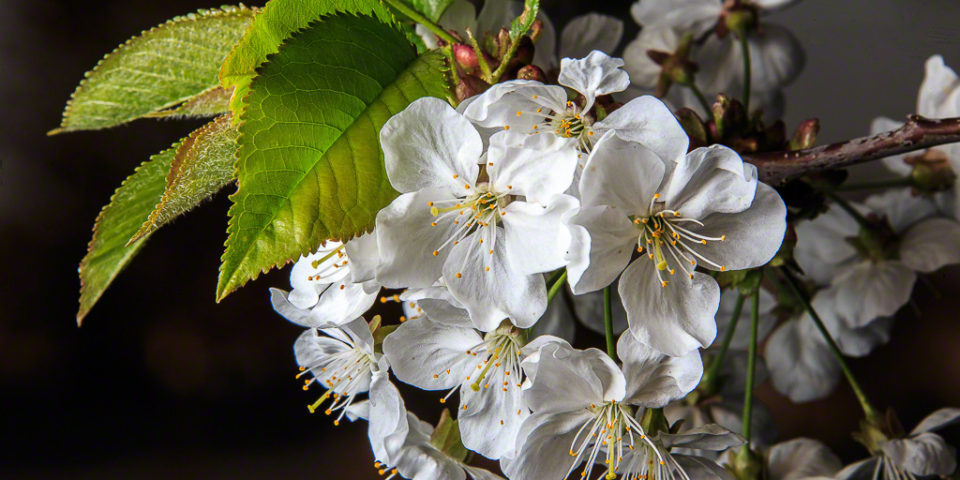Trying to find the right camera isn’t always an easy search. Visit a webpage dedicated to just about any model from any manufacturer, and you may be overwhelmed with a huge list of numbers and terms that may not mean very much, even to the average photographer.
One of the most important of these specifications, though, is sensor size, and understanding how sensor size works can help you make the right choice when you purchase your next (or first!) digital camera.
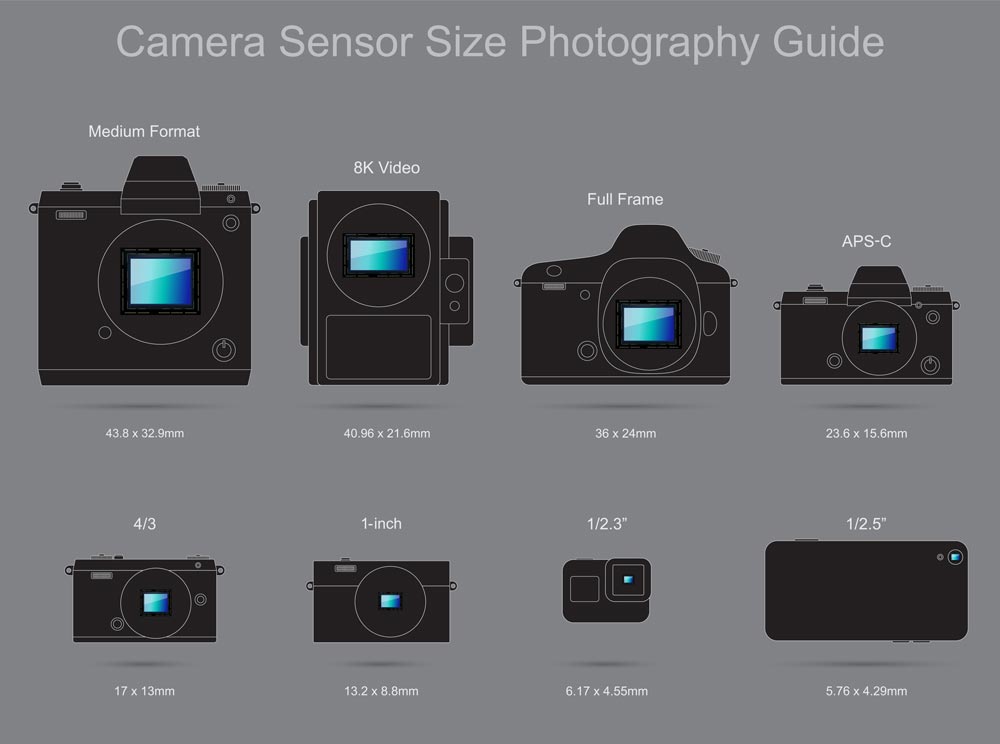
In this blog post, we’ll briefly describe what sensor size is — without getting too technical! — and then give a couple of examples of how those sensors apply to typical camera use. And we’ll illustrate those examples with specific cameras, this time using three different Sony models.
Camera sensor size explained
Every digital camera has a sensor inside it. These sensors essentially record what is being seen through the camera’s lens. And they range in size; small sensors, typically 1 inch or smaller, are found in compact digital cameras while larger sensors, such as a 35mm full frame sensor, are found in flagship DSLR and mirrorless models.
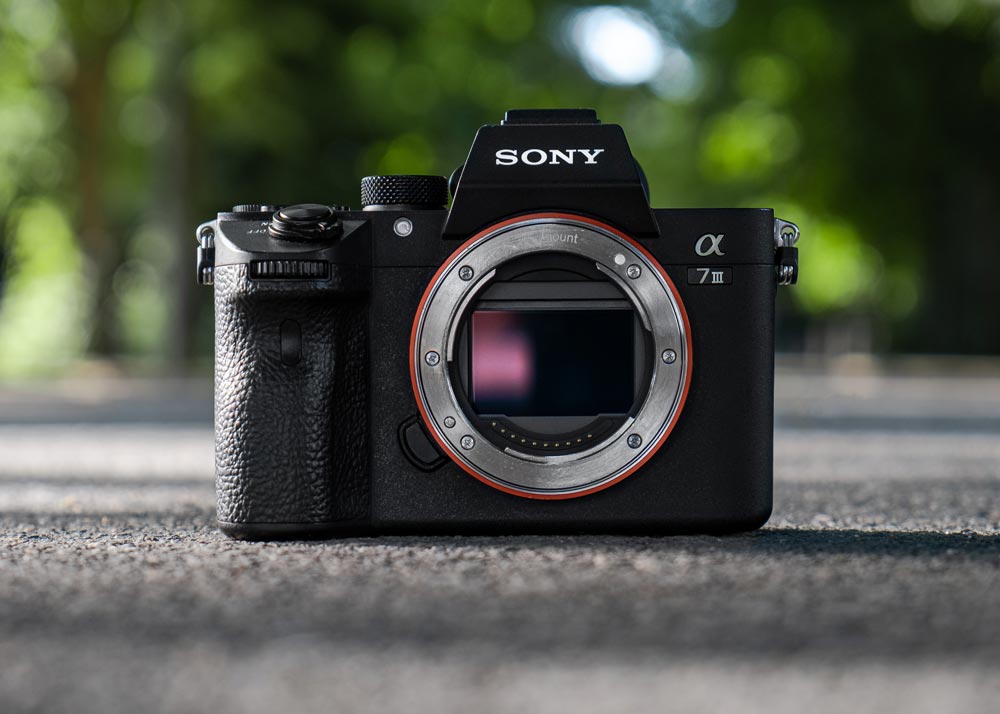
Larger sensors capture more light and produce sharper images with higher megapixel counts, but they cost more to make, and need larger camera bodies around them.
Thus: The bigger the sensor, typically, the better quality images it produces — and consequently, the more it costs.
This doesn’t mean that a smaller sensor can’t produce high-quality images. They absolutely can, and in many situations for many photographers, small sensor cameras are the perfect fit.
Let’s take a look at three common sensor types and where their use makes the most sense.
1” camera Sensors: Small sensors that deliver the goods
As noted above, the smallest sensors, such as a 1” sensor, are typically found on point-and-shoot cameras.
DSLRs and new mirrorless models seem to be generating all the buzz these days, but the trusty point-and-shoot still has many practical uses, and the photos they produce are better than ever. Although compact point-and-shoots go as small as the aforementioned 1/2.3 inch sensor, a 1 inch sensor can capture significantly more detail at a still very-affordable price. Cameras with a 1-inch sensor can comfortably fit in your pocket, but still allow a lot of light into the sensor, producing high-quality images.
1 inch sensor cameras are great for travelers and everyday shooters, who want to capture more than they can with just a smartphone, but don’t feel the need to carry a full bag of camera equipment with them.
Sony RX series with 1-inch camera sensor
If you’re looking for a compact camera that delivers great images in a multitude of situations, including low-light, and can be supplemented by a wide range of accessories, all for an attractive price, look no further than Sony’s RX series, specifically the RX10, RX100 and RX0 models. All sport a 1-inch sensor and offer a variety of advantages; the RX10 models offer large-aperture zoom lenses, the RX100s feature professional-grade autofocus and zoom lenses, and the RX0 is ultra-compact and durable.
APS-C camera sensors: Compact bodies, plenty of options
APS-C sensors are firmly in the middle of the range of camera sensor sizes. They don’t capture as much information as a full-frame sensor, but are more powerful than 1-inch or smaller sensors.
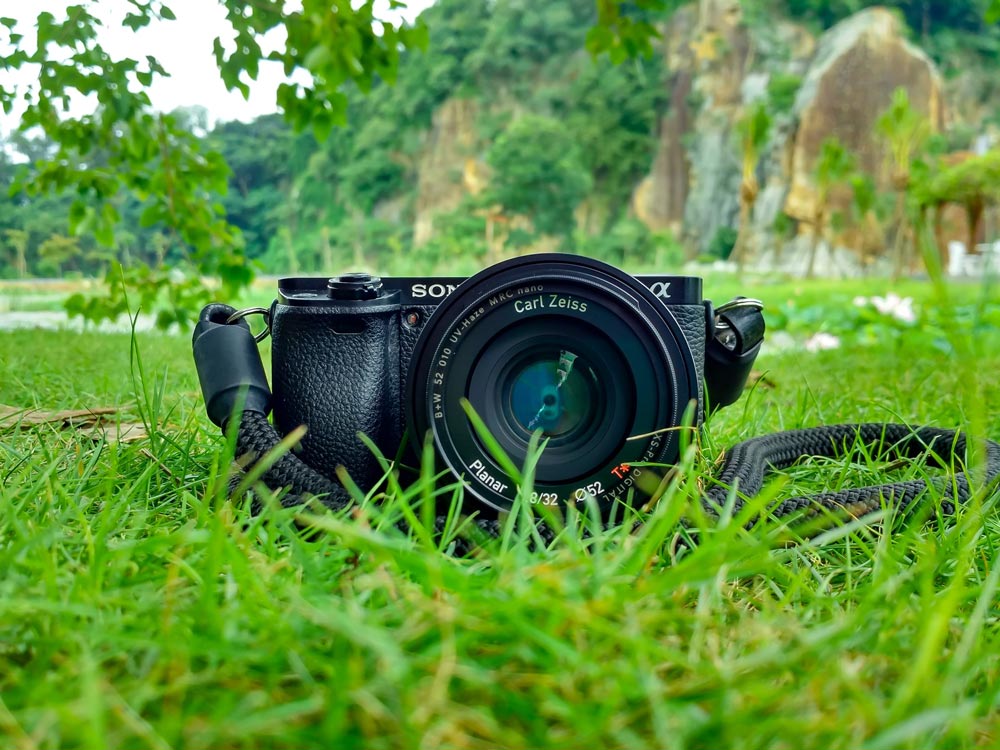
Cameras that use APS-C sensors are sometimes referred to as “cropped frame” cameras, because they only capture part of what you see through your standard 35mm lens. This can be beneficial, as it allows you to feel closer to your subjects, but if that’s not something you want to worry about, have no fear:most cameras that use APS-C sensors use interchangeable lenses, and most manufacturers offer lenses specifically designed for APS-C sensors.
APS-C is a versatile sensor size that produces sharp, dynamic images using camera bodies that offer more options than most compact point-and-click cameras, but are still smaller than typical full-frame camera — and mirrorless APS-C cameras are even more compact.
APS-C cameras are ideal for enthusiasts who want more flexibility and control, but still value portability and comfort.
Sony A6000 APS-C cameras
Sony’s A6000 mirrorless series camera models are small, but powerful APS-C models; the bodies can fit in your pocket and the interchangeable lenses ensure you’re ready for any situation.
The latest model, the Sony A6600, is packed with features, including (of course) Sony’s world-class autofocus and eye-tracking. It’s mirrorless, so it’s smaller than ever, and works seamlessly with Sony’s expanding line of E-series lenses and compatible with Sony’s A-mount lenses with an optional adaptor.
Full frame camera sensors: Capture more of the world
Full-frame sensors are big. That’s why DSLRs and even mirrorless full-frame cameras don’t fit in your pocket. It’s also why fully-compatible full-frame lenses are so large: They need to project a large enough image to fill the larger sensor size.
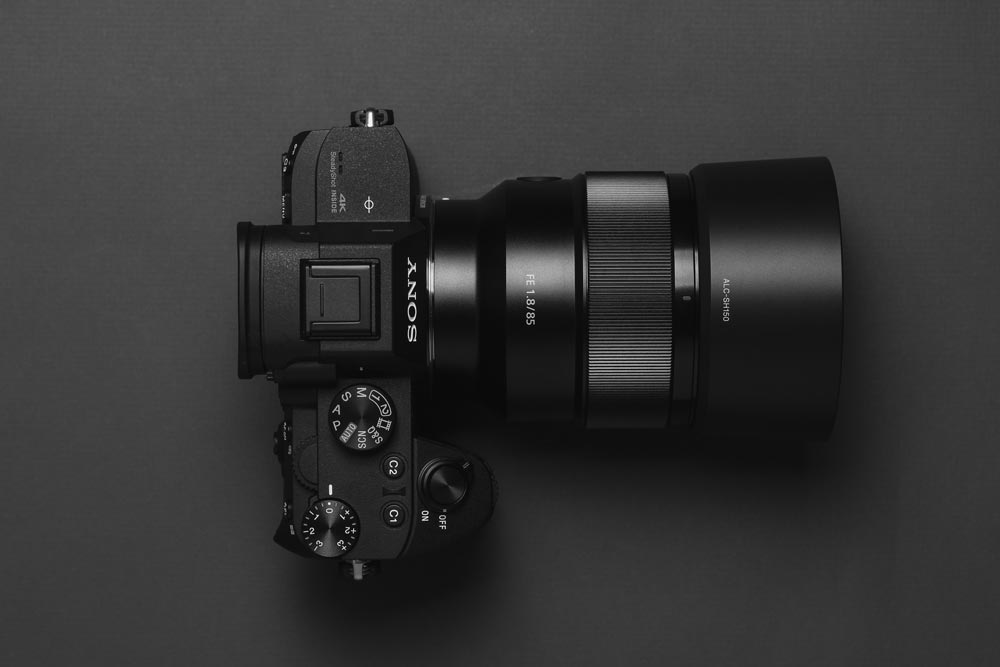
The trade-off in size, though comes from just how much a full-frame camera sensor can capture. A full-frame sensor captures more light than its counterparts, which means the camera has more information with which to process the images. These sensors perform particularly well in low-light situations, and can offer a shallower depth of field, which is ideal for portraiture or any photograph where you really want the subject to stand out from the background. Full-frame sensors win the megapixel count race, too, with models reaching into the 50+MP range.
Full-frame sensor cameras are commonly used by professional photographers and serious enthusiasts. You can capture more detail and produce stunning images, but you’ll need to carry larger equipment that comes at a higher price tag.
Sony a7 series mirrorless full-frame cameras
For a mirrorless full-frame camera, a Sony a7 model is hard to beat. Sony was the first manufacturer to bring a full-frame mirrorless model to market in 2013, and has been expanding its a7 line ever since; it now offers affordable entry-level full frame models such as the A7 II, as well as the professional-grade a7R IV, and a number of models in between.
The a7 III is a great middle-of-the-road option. It may not offer the staggering 61MP of the a7R IV, but its 35 mm full-frame sensor does capture 24.9MP of detail, offers 4K video, 5-axis image stabilization and of course, all of Sony’s renowned autofocus and tracking features.
Conclusion
There’s no right or wrong sensor size — but there is one that fits for every photographer’s needs and lifestyle.





